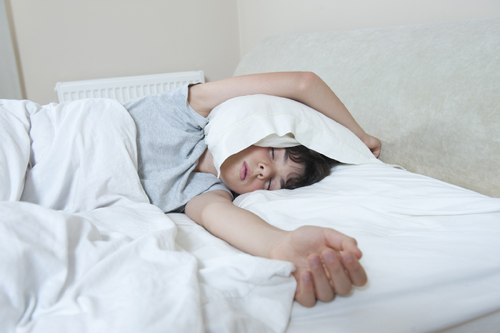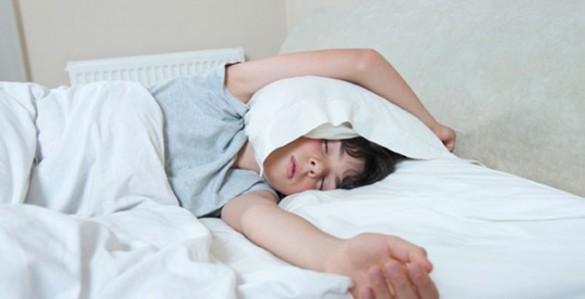
Simply giving parents a pamphlet about sleep habits did not help their children with autism spectrum disorders get a better night’s sleep, but capturing best practices for an overarching approach to insomnia in autism may help health care providers identify and manage symptoms in these patients.
Two Vanderbilt sleep research studies were published this week in the journal Pediatrics as part of a supplement related to medical issues in autism. Sleep difficulties are common reasons why parents seek medical intervention in children with autism spectrum disorders (ASD). Problems with sleep, particularly insomnia, occur in 50 percent to 80 percent of children with ASD and are often accompanied by child and family distress.

Contributing author to both studies, Beth Malow, M.D., M.S., professor of Neurology and Pediatrics, Burry Chair in Cognitive Childhood Development and Vanderbilt Kennedy Center investigator, said that treating sleep difficulties in children with autism represents an opportunity to improve children’s health as well as daytime behavior and family functioning.
“We all know how it feels to get a good night’s sleep,” Malow said. “We are able to focus better at work or school and be more engaged in our interactions with others. The same holds true for children with autism.”
In the first article, Malow and her colleagues within the Sleep Committee of the Autism Speaks Autism Treatment Network (ATN) presented a practice pathway based on expert consensus. This pathway captures best practices for providers to screen, evaluate and manage insomnia in children with autism. Highlights of the pathway include (a) emphasizing the importance of identifying medical issues that may affect sleep; (b) providing families with sleep education as a first-line approach; (c) referral to a specialist, where appropriate, for additional testing and treatment; and (d) following up with families to ensure success with treatment.
The second article, written by Karen Adkins, R.N., M.A., project manager in the Department of Neurology, examined whether a pamphlet alone could be used by parents to help their child’s insomnia.
Adkins and Malow enrolled 36 children ages 2-10 who had prolonged sleep latency (the amount of time it takes to fall asleep) of 30 minutes or more. Parents were then randomly assigned to receive either no intervention or the sleep education pamphlet, containing information on daytime habits (e.g., increasing exercise, limiting stimulating television shows or videos before bedtime), establishing bedtime routines and effective parent interactions.
Each child wore an actigraphy watch, a device that senses when a child has stopped moving and fallen asleep, to get baseline sleep parameters. Two weeks later, data were collected a second time.
Researchers found no significant differences between participants who received the pamphlet and those who did not. Parents reported that while the information in the pamphlet was relevant, they felt they needed more intensive instruction from a trained educator. Such a study, in which parents were randomized to receive either individual or group education, was recently completed by Malow’s team. In contrast to the pamphlet study, significant improvements were observed in both sleep and daytime behavior when more intensive education was provided.
“While parent-based sleep education is effective for children with autism, we are still figuring out the best way to deliver this education, as well as the child and family characteristics that predict success,” Malow said.














